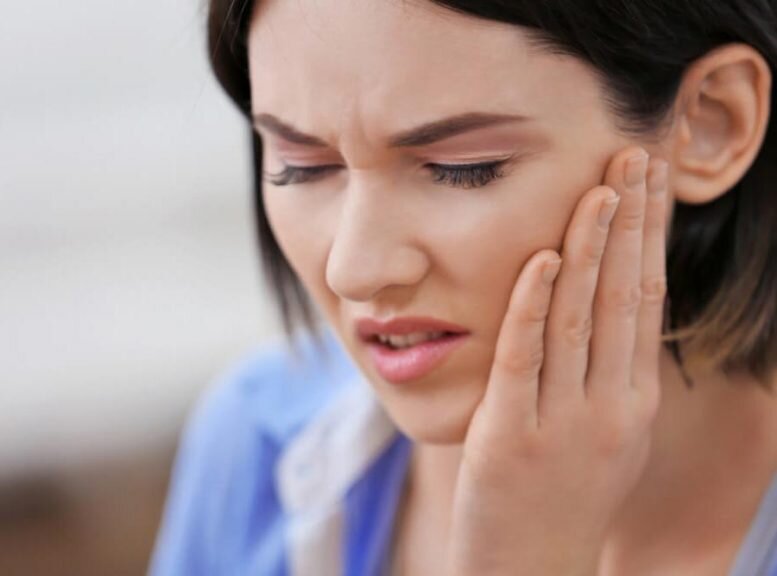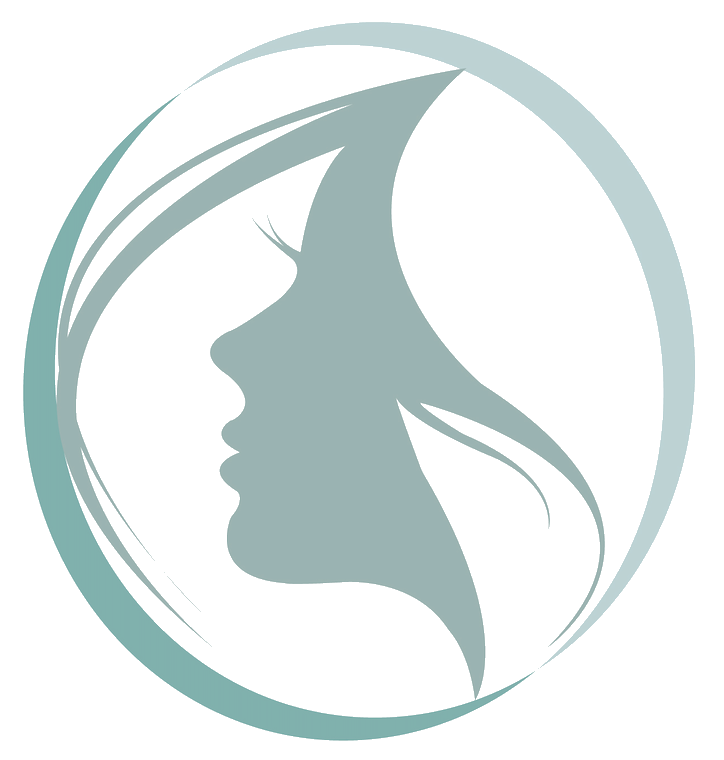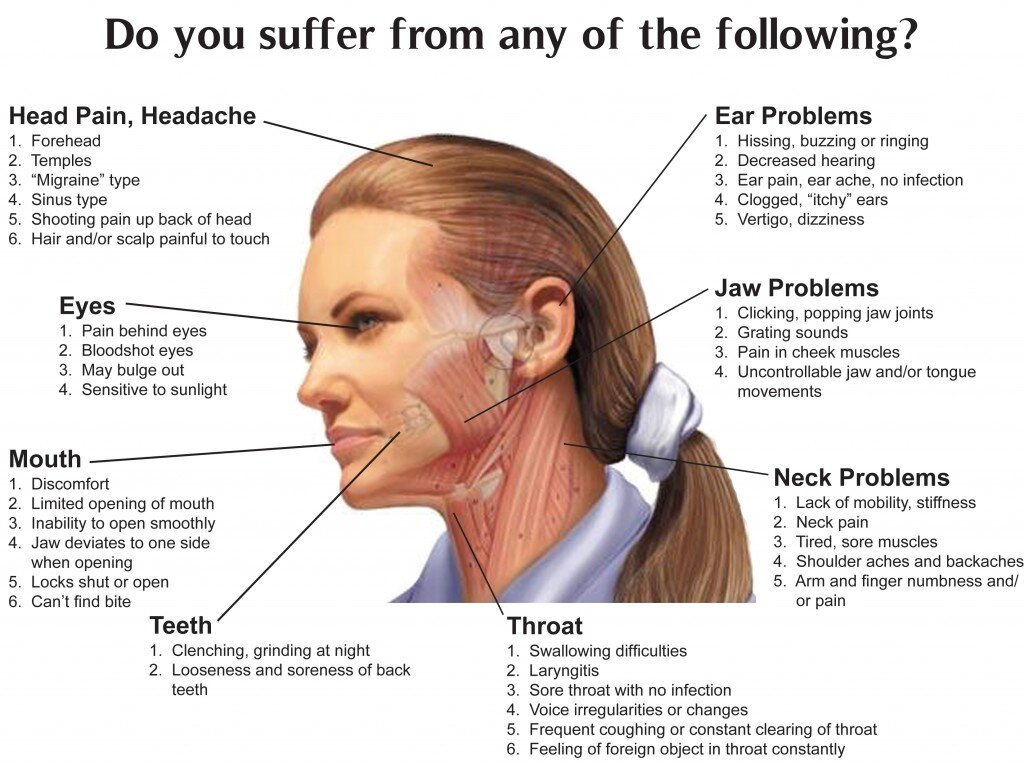
Jaw Pain
Jaw Pain & Headaches
Working in the dental field, this topic is something I see daily. Jaw pain and headaches are very common symptoms that are associated with Orofacial Myofunctional Disorders (OMDs) and I see many people daily trying to find relief from these symptoms. It is estimated that 20-25% of the adult populations suffers from jaw pain and headaches.
Understanding the root cause of temporomandibular disorders (TMD) is unique to each person, this is why the underlying cause of the symptoms must always be investigated.
Orofacial Myofunctional Therapy (OMT) exercises have been shown to decrease jaw pain and headaches if the underlying cause is tongue and muscle related. The tongue helps to stabilize the jaw and relax the intense jaw muscles. If the tongue isn’t functioning properly, in wrong position, or there is a tongue-tie present, the TMJ (temporomandibular joint) won’t be stable and can lead to muscle compensation in the orofacial muscles.
Temporomandibular Disorders (TMD)
The TMJ is the joint located on either side of your head, just in-front of the ears. This joint connects the mandible (jaw bone) to your temporal bone (skull). The TMJ can rotate, move forward, backward, and side to side and is considered one of the most complex joints in the body. In combination with other muscles, this joint allows you to chew, swallow, speak and yawn, and when having a problem in this area you may have a TMD.
Simple remedies such as massage, over-the-counter anti-inflammatories, and cold/warm compresses may provide short term relief, but unless the root cause is addressed, the pain may get worse over time.
Common Symptoms of TMD:
Jaw and facial pain, tension and/or stiffness
Clicking, popping and/or grinding sounds when opening the mouth, yawning, or chewing
Jaw locking open
Toothaches, difficulty chewing, and/or difficulty opening the mouth wide
Clenching or grinding of the teeth
Headaches and/or dizziness
Earaches, hearing difficulties and/or tinnitis (ringing in the ears)
Pain and tension in the neck, shoulders, and upper body
OMT helps to treat jaw pain by strengthening the oral muscles and improving the position of the tongue. It is a great option to start with because the exercises are non-invasive and have been shown to help especially if underlying causes are tongue and muscle related.
At MyoBalance we recognize that pain and problems with the TMJ are often multifaceted and in some cases referrals to other health care providers may be needed.
— Contact Us Today to schedule an initial assessment to address your concerns! —


